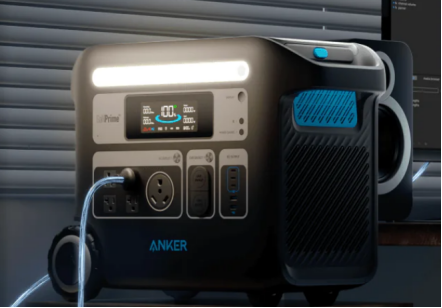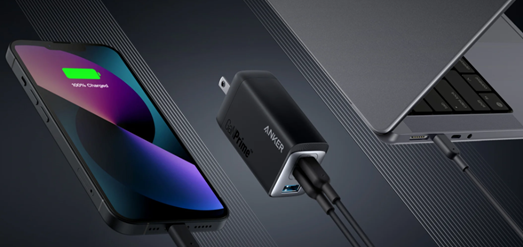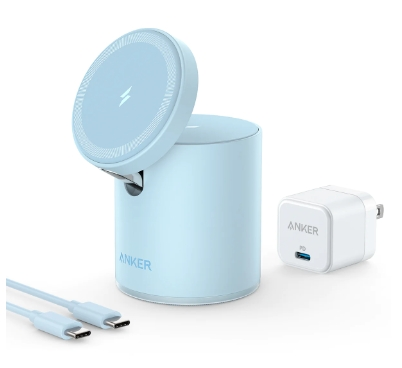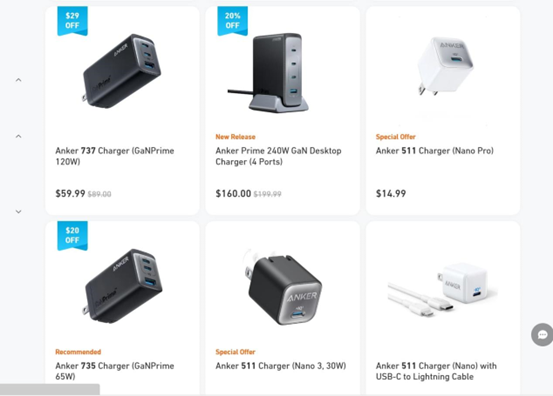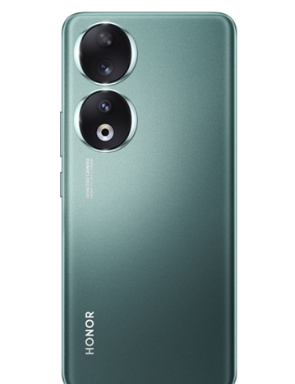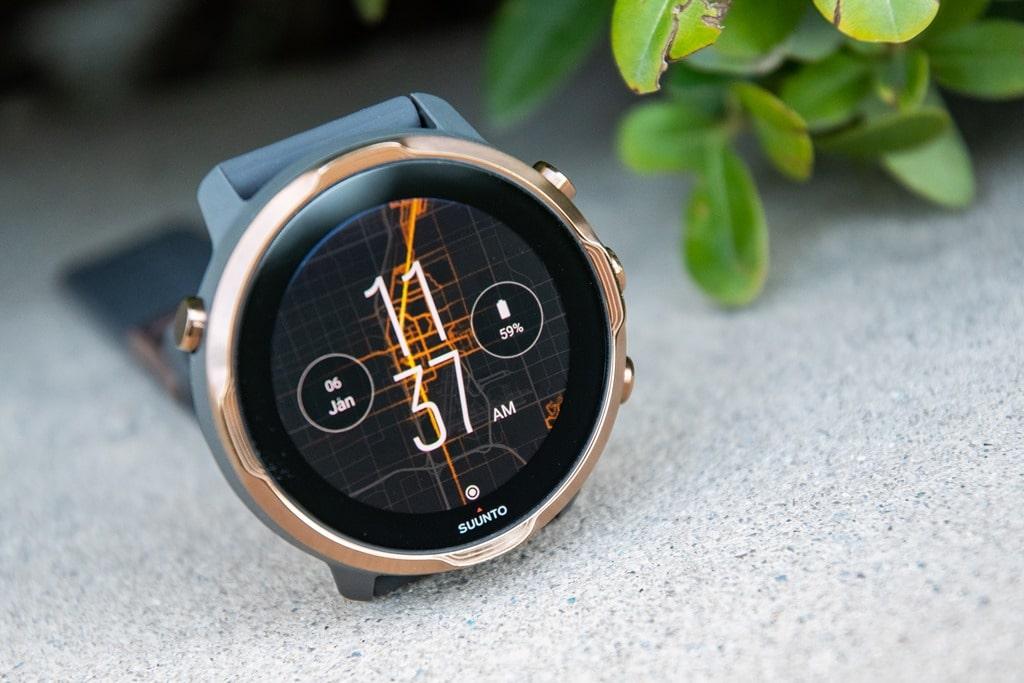
By cuterose
Suunto 7 with Wear OS–Maps, Music, Payments: Everything you ever wanted to know
(**UPDATE: There has since been a Suunto 7 In-Depth Review. Follow the link for the most up to date information**)
There’s only two words to describe the just announced Suunto 7 GPS watch: Hail Mary.
How this story ends will take a few years to flesh out, but just as most Hail Mary attempts, it only ends in one of two ways: Astounding success or utter failure. It’s no secret that Suunto has struggled to compete lately, primarily in the last two years. They’ve been sandwiched out by two ends: Garmin in the endurance sports realm, and Apple in the higher-end smartwatch realm. Plus of course plenty of other competitors. But Garmin and Apple are actually the two that hurt Suunto the most.
The Suunto 7 attempts to disturb that trend by jumping on the Wear OS bandwagon, but with a decidedly Suunto and sports-focused twist. This move allows them instant access to everything from full onboard maps and routing, to music streaming services, and even contactless payments. Plus of course the bulk of their existing sports functions and heritage. It’s a risky bet that just a few months ago would have been considered destined for failure – mainly due to the heavy battery life limitations of Wear OS (it’ll last barely over a day).
But one massive factor changes that trajectory: Google’s acquisition of Fitbit.
The company made clear in their announcement that they planned to double-down on Wear OS, with it becoming the future of Fitbit devices. Those being devices that, by definition, consumers expect to last upwards of a week or more on a single charge – not terribly unlike expectations of today’s Suunto watches. The challenge though is simple: Wear OS battery life isn’t there yet today – and despite years of talk, there’s no proof that’s coming anytime in the immediate future. But that momentum may give Suunto just enough time to build out their Wear OS watches while the greater electronics industry sorts out the limitations.
Now, if you wanna dive right into things, simply hit the play button below. I go over all the specs, and then do a full hands-on walk-through of the user interface. Plus a few tidbits from my first run as well.
For now, let’s talk tech specs.
The Tech Specs:
The Suunto 7 is kinda the blend of a Suunto 5 watch with that of a typical Wear OS device. Except for all the things that are different – and there are a ton of them different. If you’re a triathlete that has a Suunto 9 and is looking for a fancier experience – this won’t be for you. At least not today. But, if you’re more of a Wear OS person that wants deeper sports bits, this could definitely be for you. Or if you’ve been flirting with an Apple Watch, this could be for you too.
One super quick thing to get out of the way: iOS and Android phones can both connect just fine to Wear OS devices. There are some limitations that we’ll get into, but for the bulk of features, you don’t need an Android phone or anything. This isn’t like an Apple Watch that *only* pairs to Apple iOS devices.
With that, let’s talk top-line hardware specs first:
Price/Availability: $499 shipping January 31st, 2020Display: 1.39” full color AMOLED Display (454px across, circular), 1000 nits in boost, 300n otherwiseBattery life: Up to 2 days smartwatch, up to 12 hours GPS, up to 8 hours with music playback, up to 40 days in time-only modeWeight: 70g, stainless steel bezel & silicon strapWaterproofing: 50mGPS Connectivity: GPS/GLONASS/GALILEO/QZSS/BeidouPhone Connectivity: Android or iOSMusic Storage: 8GBButtons: Four physical buttons + touchscreenSensor connectivity: NoAltimeter: Barometric enabled altimeterHeadphone Connectivity: Any Bluetooth music device (headphones/car/etc…)Optical HR Sensor: Yes, sensor from Pixart and algorithm from LifeQCellular Connectivity: No cellular hardware inside the watchMicrophone: Yes, but no audio speaker (have to use headphones)Vibrations/Beeper: Yes to both, simplistic beeperPayments: NFC via Google Pay
Note that for a Wear OS device, a claim of 2-days (technically it’s listed as 48hours), would be a moderate milestone. Most Wear OS devices claim 2 days, but rarely hit it. The Suunto 7 is leveraging the Qualcomm SnapDragon 3100 processor, which may help in that realm. But again, the proof is in the pudding. Also, there’s a bunch of different colors, but they’re all the same price/weight/underlying materials:
Next, there’s the software and features side of the house:
– Has true 24×7 heart rate monitoring, feed into the Google Fit app– Supports 70+ sport modes, essentially the same ones as Suunto already has but w/o sensor support– No triathlon/multisport mode support (yes OWS)– Ability to see heatmaps directly on the watch itself (and way more visible than Garmin’s Fenix 6 ones)– Ability to create routes on phone app to send to watch (but breadcrumb only, no turn by turn routing with street names or such)– Music integration via Google Play music as well as 3rd party Wear OS apps– Support for all Wear OS Apps– Wear OS version H-MR1– Daily 24×7 activity tracking feeds into Google Fit, not the Suunto App initially (workouts go to Suunto App)– Plus all the usual Wear OS features like telephone call answering via phone, weather, ‘Hey Google’, and so on.
Ok, so there’s your quick round-up of specs. As you can see, it’s mostly a WearOS device that Suunto has added their specific sport tracking apps too. In other words, they re-wrote their entire sport tracking engine and placed it atop WearOS. Whereas the underlying activity features (like steps/24×7 HR/etc…) will instead leverage the Wear OS platform initially. It’s a tricky split that we’ll get into later on, but does allow them to get started on the core features that people want now, and fill in the ancillary bits over time.
Hands-On:

First off, if you come back sometime tomorrow, you’ll find this section entirely gutted and refreshed with way better outdoor photos and more details. But today’s the start of CES in Las Vegas and by the time I landed it was dark out, and sport watches always film horribly indoors in poor ballroom lighting where tonight’s event is being held. I also tried outdoors at night, and they sucked equally. I hate poor pictures, so come back tomorrow for pretty pics. Until then, this will whet your appetite.
The first thing you’re going to notice is the watch face – because quite frankly is the coolest watch face I’ve come across, sport watch or otherwise. It is changeable, but the default (and again, coolest face ever) is an activity heatmap based on your current area/GPS location. In my case, I had just updated the watch software, so it hadn’t yet refreshed the map tiles as well for my new location. It will pull this location via either GPS on the device itself, or simply via your phone. Further, you can set the specific preferred zoom level too, from four different settings.
But it gets even cooler than that. You can actually customize the type of heatmap, including which sport heat you want to show. For better or worse, there are no heat maps of hot yoga.
But it gets even cooler – you can also change the zoom level of the heat map watch face:
Now, the way the Suunto 7 works is by basically thinking of it as two watches in one. You’ve got the Wear OS foundation that has the operating system and all the Google-ish things like notifications, calendars, 24×7 activity tracking, etc…For example, swipe from the left and you’ll see the usual Wear OS bits:
Swipe from the bottom and you’ve got smartphone notifications:
And swipe from the top and you’ve got settings:
And then you’ve got the workout-specific piece that falls into an app Suunto has developed for Wear OS that essentially mirrors much of the Suunto sport interface on any other Suunto watch.
If you’re familiar with Suunto watches, then the border wall is super simple: When you press the upper right button to select a sport mode, that’s effectively starting the Suunto Wear OS app. Almost everything else is handled by Wear OS natively. So, once we press that upper right button, we get to choose which sport we want:
The sport options here are the roughly 70 or so sport modes that Suunto has on other watches, except that you won’t find triathlon or multisport in the list (but openwater swimming is in there).
Below that, you’ll be able to change a handful of options. For example, the ‘exercise options’ menu tweaks tones/vibrations/screen display (including setting ‘always-on for workouts), while the ‘map options’ menu allows you to change the map style between Outdoor or Winter, as well as all the heat map variants.
It also allows you to define a 70KM square area to download (44mi). At this point you can only download one square at once, however, it will background download on the fly if connectivity is available for areas as you move into them.
Back in the sport settings, you’ll see the heart rate sensor status as well as GPS lock. From there, you’ll simply swipe the start button to get started with your workout:
At which point you’ll be in a workout data page mode. You can swipe through the different data pages (or press the middle button). These include a lap page, a map page, heart rate/distance/pace-speed/time, and heart rate zones. However, none of these – nor any other pages are customizable. At this point there isn’t a plan on if or when they’ll be customizable. It sounds like they’re looking at that as an option, but it’s not there today nor on any specific plan.
Here’s a quick look at the three data pages during my run this morning:
The responsiveness though is very good – certainly faster than a Suunto 9 side by side, plus, these are pretty color versus the Suunto 9 is a wee bit more dull. Like most watches, the brightness level of the watch will vary based on conditions.
And a daylight picture:
Typically speaking though the display will hover up to about 300 nits, however it can burst up to 1,000 nits for short periods of time.
You can create manual laps at any time by pressing the lower right button, or you can pause by pressing the upper right button. From there it’ll pause the recording and show you current battery status, as well as allow you to review your stats as-is, without actually ending the session.
Once you decide to end it, you’ll get a pretty familiar Suunto completion screen.
Of note is that within that screen you’ll see metrics like Recovery Time, EPOC, and PTE. However, unlike other Suunto watches – there are no aspects of the Suunto 7 that use FirstBeat metrics. Instead, the company is doing it all internally.
Oh, and before we leave the workout bits entirely – the Suunto 7 supports breadcrumb trail routes sent to it from the Suunto smartphone app. So if you’ve got a route there, you’ll be able to send it to the Suunto 7 watch to guide you. But it doesn’t do turn by turn type routing, nor can you create a route from the watch itself (though, I need to figure out how precisely to do that still…).
On the bright side, the maps are brilliantly fast, and are approximately 1 million times better than Garmin’s heatmap implementation. I can zoom in/out as far as I darn well want and still get heatmaps instantly, and ones that are actually super practical to use.
So about that heart rate sensor – that’s a big shift. The company has ditched Valencell’s package and gone with a combo-dish from LifeQ’s algorithms and a sensor from PixArt. LifeQ may actually ring a bell – as back about five years ago we saw TomTom employ them for their optical HR sensors in some of their wearables. It wasn’t all bad at the time, but LifeQ doesn’t list many partners since then on their site (nor much recent info at all on their site) as to other examples of who might be using more recent sensor packages. Note you’ll see Garmin listed, but that’s purely some backend corporate health wellness initiative stuff from four years ago and Garmin confirmed then it had zero to do with sensors or wearable/consumer tech.
In any case, Suunto’s HR sensor change doesn’t terribly surprise me. While Valencell has historically had great sports-focused accuracy, collectively both Suunto and Valencell have really struggled to deliver accuracy in the Suunto 3/5/9 products, based on my testing. I suspect on the heavier products that’s a major contributor (as both companies have admitted, as weight introduces bounce, which challenges optical HR sensors). But that doesn’t explain the issues with the far lighter products. Add atop that the lack of true 24×7 optical HR recording for any meaningful length of time battery-wise, and you can see why a switch might have been in order.
Still, we know essentially nothing about LifeQ’s optical HR sensors today in terms of real-world accuracy. Which generally speaking isn’t a great sign. But, fear not, I’ll test that too. Life is full of surprises. At the same time, Suunto is no longer using a Sony GPS chipset, but instead the GPS that’s built atop the Qualcomm chipset. Thus that’s also a bit of an unknown within any sport-specific wearables at this time to my knowledge.
All 24×7 metrics are held within Google Fit, not Suunto’s app. Right now there’s no connectivity for things like steps, 24×7 heart rate, or similar in the Suunto app for the Suunto 7. Those metrics are only viewable within the Google Fit app. Google Fit can however at least also view your workouts from the Suunto app. But the other way around isn’t true (the Suunto phone app can’t see your steps). That sounds like it’s on the list of things to address, but is more of a ‘spring’ type update (if that), rather than anything near-term.
Finally – the last catch for endurance athletes is there’s no sensor support. So if you want heart rate, it’s gotta leverage that internal optical HR sensor. You can’t pair an external HR sensor, cadence sensor, power meter, etc… That isn’t on the plan/radar right now – but Suunto says that could change.There are other 3rd party Wear OS apps that can do that, but then you lose the benefits of the Suunto ecosystem there and having all your data in one place.
Wrap-Up:
It’s at this point that you can see why I started off calling this a Hail Mary. It’s both astoundingly risky and astoundingly brilliant. Whether it works will depend on two factors – one within Suunto’s control and the other outside:
Within Suunto’s control: Can the company quickly (months, not years) fill in the gaps that existing Suunto customers expect – notably sensor support, integration of 24×7 activity metrics into the Suunto app, and sport mode customization.
Outside of Suunto’s control: Can Google, along with their electronics partners, find a way to improve the Wear OS battery life situation, especially with always-on display baselines that are the norm in 2020 (which Wear OS struggles a bit on).
There’s also the element of pricing. Suunto has a long and proud history of overpricing their products, a major contributor to where they are today. I believe this is also true of the Suunto 7. There’s no justifiable reason for this watch to be $499/479EUR, it’s a solid $399 watch right now – joining the Garmin Venu and Apple Watch Series 5 (sans-cellular). That’s the appropriate price if Suunto wants to find these on people’s wrists.
The good news is that the things inside of Suunto’s control are actually quite achievable here – especially if Suunto and their parent AMER Sports (and their parent Anta Sports) decide to throw money at it. I think they could very legitimately have a promising unit on their hands, or at the very least be laying the groundwork for promising units later in 2020 or 2021 once the electronics side of the industry catches up.
If Suunto can do that, and if Google doesn’t hose up WearOS somehow, then I think Suunto could actually be in a tremendous position going into 2021 in terms of competing with Garmin. It would theoretically allow Suunto to focus less on dealing with all the underlying operating system aspects, and more on developing features specifically for sport. For example, their ultra-long GPS tracking that rolled out on the Suunto 9 that does super cool stuff with creating GPS tracks despite having the GPS off for all but a few seconds every two minutes. That’s the kind of innovation Suunto needs to be focusing on to stay competitive with endurance athletes (which, is their bread and butter).
In any case, I expect I’ll release my full in-depth review later in February once Suunto starts shipping the Suunto 7. I’ve got some great places to test it out during this timeframe on three different continents. So plenty of opportunity to get everything from searing hot weather to water to snow. I’ll find it all. Will it hold up to Suunto’s reputation? And more importantly – will all the software pieces fit together in a cohesive manner?
Thanks for reading!
Found This Post Useful? Support The Site!
Hopefully you found this review useful.At the end of the day, I’m an athlete just like you looking for the most detail possible on a new purchase – so my review is written from the standpoint of how I used the device.The reviews generally take a lot of hours to put together, so it’s a fair bit of work (and labor of love).As you probably noticed by looking below, I also take time to answer all the questions posted in the comments – and there’s quite a bit of detail in there as well.
If you're shopping for the Suunto 7 Wear OS Watch or any other accessory items, please consider using the affiliate links below! As an Amazon Associate I earn from qualifying purchases. It doesn’t cost you anything extra, but your purchases help support this website a lot. Even more, if you use Backcountry.com or Competitive Cyclist with coupon code DCRAINMAKER, first time users save 15% on applicable products!
Suunto 7 Wear OS Watch
Amazon $342 Backcountry $399 Competitive Cyclist $399 REI $399 Wiggle 334 €And of course – you can always sign-up to be a DCR Supporter!That gets you an ad-free DCR, access to the DCR Quarantine Corner video series packed with behind the scenes tidbits...and it also makes you awesome. And being awesome is what it’s all about!
Thanks for reading! And as always, feel free to post comments or questions in the comments section below, I’ll be happy to try and answer them as quickly as possible. And lastly, if you felt this review was useful – I always appreciate feedback in the comments below. Thanks!
Found This Post Useful? Support The Site!
Hopefully you found this review useful.At the end of the day, I’m an athlete just like you looking for the most detail possible on a new purchase – so my review is written from the standpoint of how I used the device.The reviews generally take a lot of hours to put together, so it’s a fair bit of work (and labor of love).As you probably noticed by looking below, I also take time to answer all the questions posted in the comments – and there’s quite a bit of detail in there as well.
If you're shopping for the Suunto 7 Wear OS Watch or any other accessory items, please consider using the affiliate links below! As an Amazon Associate I earn from qualifying purchases. It doesn’t cost you anything extra, but your purchases help support this website a lot. Even more, if you use Backcountry.com or Competitive Cyclist with coupon code DCRAINMAKER, first time users save 15% on applicable products!
Suunto 7 Wear OS Watch
AmazonBuy Now $342 BackcountryBuy Now $399 Competitive CyclistBuy Now $399 REIBuy Now $399 WiggleBuy Now 334 €And of course – you can always sign-up to be a DCR Supporter!That gets you an ad-free DCR, access to the DCR Quarantine Corner video series packed with behind the scenes tidbits...and it also makes you awesome. And being awesome is what it’s all about!
Thanks for reading! And as always, feel free to post comments or questions in the comments section below, I’ll be happy to try and answer them as quickly as possible. And lastly, if you felt this review was useful – I always appreciate feedback in the comments below. Thanks!
Share117Tweet39Share156 Shares


